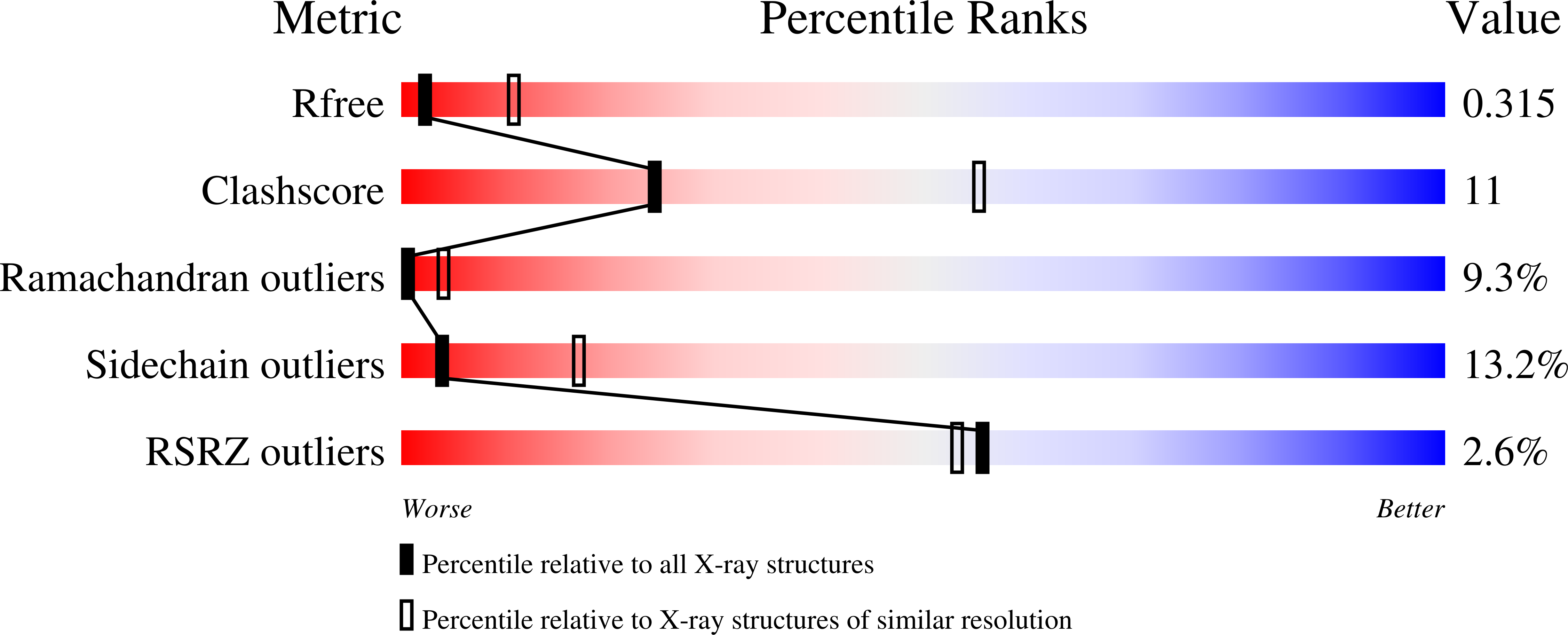
Deposition Date
2016-02-29
Release Date
2016-06-01
Last Version Date
2024-10-16
Entry Detail
PDB ID:
5IHL
Keywords:
Title:
STRUCTURE OF THE EXTRACELLULAR DOMAIN OF THE CD40 IN COMPLEX WITH 3H56-5 DAB
Biological Source:
Source Organism:
Homo sapiens (Taxon ID: 9606)
Host Organism:
Method Details:
Experimental Method:
Resolution:
3.30 Å
R-Value Free:
0.29
R-Value Work:
0.26
R-Value Observed:
0.26
Space Group:
I 2 2 2


